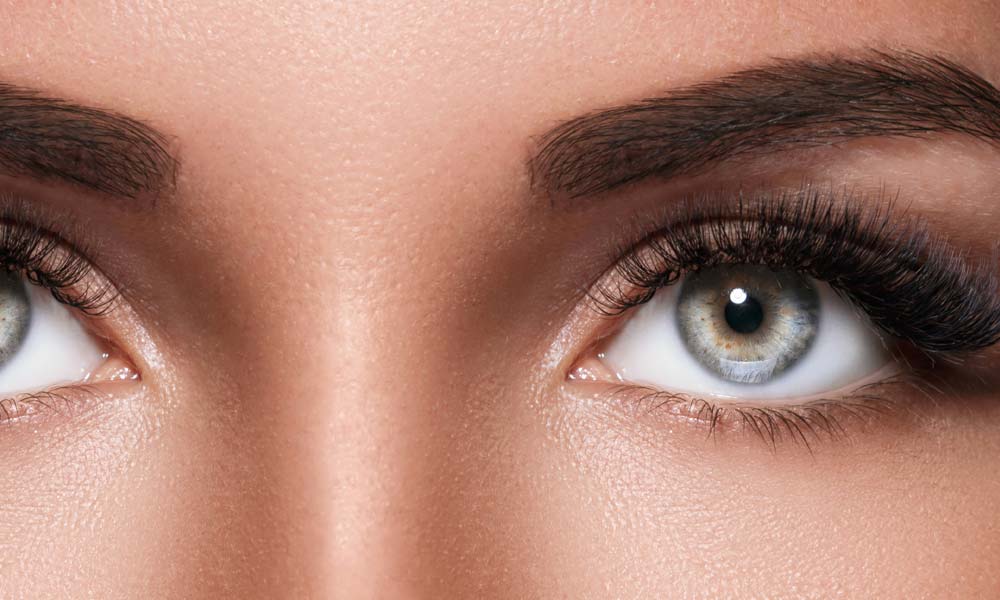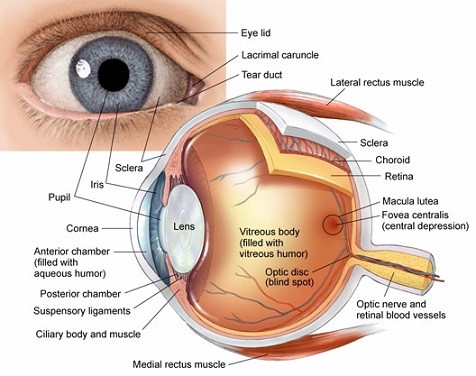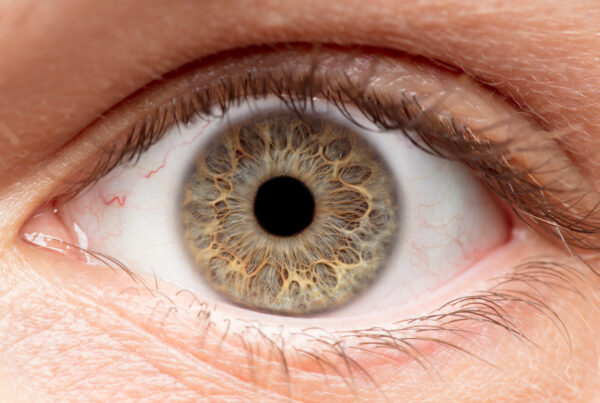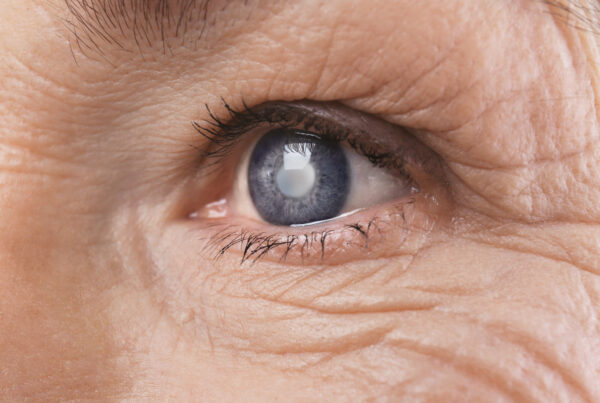
My name is Dr. Naina Gupta and I am one of the newest members of the SureVision team. Patient education is a very important aspect of what we do here at SureVision. We believe that understanding the different parts of your eyes and how they contribute to your vision can empower patients and promote better eye health. Over the next couple of weeks I”ll be posting a 3 part series of blog posts covering the eye anatomy. In this post we are going to talk about the Cornea and the Iris.
The Cornea:
The cornea is a clear, curved cap on the front part of your eye. It is important in protecting your eye, but also the curve of the cornea acts like a lens, focusing light on the retina in the back of the eye.
Some common eye conditions and Cornea diseases are:
- Keratoconus
- Fuchs’ Endothelial Dystrophy
- Bullous Keratopathy
- Corneal Abrasions
- Corneal Ulcers
The Iris:
The iris is the circular part of the eye that provides the color to our eyes. It is the part that makes your eye blue, brown, green or hazel. It surrounds the pupil, which is just empty space that allows light to pass. The iris controls the amount of light that enters your eye by changing size. For example, when you are in a bright environment your iris will stretch out, causing the pupil to shrink, or constrict, and limit the light that passes. When the environment is dark, your iris with shrink, causing the pupil to enlarge, or dilate, allowing more light to pass.
There are many conditions that can involve the iris. Inflammation of the iris is called iritis. This is often seen with inflammation of other parts of the eye as well. There are also many conditions that impact the pupil size, some of which can be life threatening. Therefore, unequal pupils should always prompt a thorough exam. Conditions that can cause an asymmetric pupil include a Horner’s syndrome, Adie’s tonic pupil, a palsy of cranial nerve, medications (including anti-nausea patches) and mechanical anisocoria. Again, an asymmetric pupil should be thoroughly checked out by a physician, to rule out any life threatening issues.
Please let us know if you have questions or comments regarding this post. We care about you and your eyes! Until next time!
If you need an eye evaluation, contact SureVision today to request an appointment!




